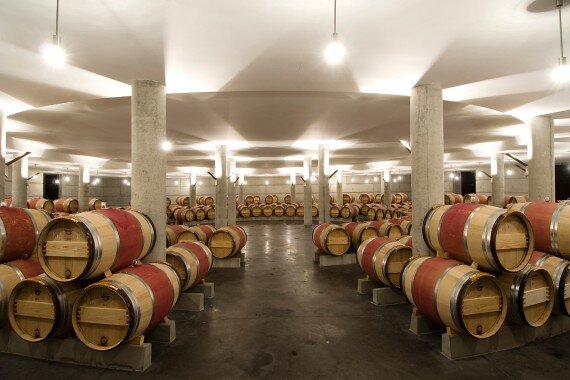We would like to kick off our “Wine Trading Academy” section with this simple, yet very important explanation – why do some wines cost €20-€30, while others can reach up to €10.000 and even more in price?
The answer is compiled of numerous factors that all lead to two different categories of wines – regular and fine wines.
Here’s a quick guide through the sections of the article if you don’t want to read through the whole text:
-
Age and Terroir
-
Rarity
-
Quality and Aging Potential
-
Storing Conditions
-
Conclusion
Age and Terroir
Wine’s age is the factor we are all aware of. Everyone knows that older is the wine, the more expensive it is, which is a true belief, but not entirely, and mainly when the red wine is concerned. Age is one of many factors, but not the decisive one.
Vintage year, as it is called more often, is an important variable in the wine’s price equation, and is evaluated using multiple components – what country and region is the wine from, what was the weather and soil quality during the harvesting year, and so on.
For example, 2005 turned out to be a very good year for the Bordeaux region, which basically means that grapes were of great quality, and based on that the wine will mature nicely, so you can expect 2005 red wines from Bordeaux to cost on average higher than the same vintage year wines from Provence region. Factors such as climate, soil, tradition and terrain are all together called “Terroir”, and together with age influence the wine’s price significantly.
Rarity
There are so many wines in the stores and restaurants that it seems there are too many of them. It’s true – according to the Food and Agriculture Organization of the United Nations, the equivalent of 36 billion bottles of wine are produced worldwide each year, however, what distinguishes fine and rare wine from the regular one is its uniqueness — how much of a particular wine, of particular age, produced by a particular winery, was bottled?
We at Alti Wine Exchange have a broad range of rare wines, ranging from 26.000 bottles produced (Montes Folly 2011) to 180 bottles produced (Moscatel de Setúbal Superior 1911) and that does have an effect on price, because the more bottles were produced, the easier it is to find this particular wine on the market, thus you would have to wait until fewer of them are available out there before your bottle becomes a rarity.
Quality and Aging Potential
Quality of wine is a very distinctive factor between fine and regular wines. Quality is compiled of various elements, including wine’s background (terroir, storing conditions, etc.), flavours (their complexity, intensity, length, and individuality) and others, which all together has a direct effect on the wine’s aging potential.
Only high-quality wines are able to keep maturing for years, keeping the original qualities and adding even more flavours over time. Aging potential has a certain value-add to a wine’s price, and together with wine’s age itself also adds to the general price equation.
Storing Conditions
How the wine was stored before and after bottling is another component, which defines the price of a fine wine. Conditions consist of factors like temperature, cellar type, humidity, and barrel type.
Whilst everything is more or less clear, the latter is the most decisive when it comes to wine’s final price. You might know that wine barrels are quite expensive and are made of oak, but what you probably do not know is that only 2 barrels can be made from one oak tree. Therefore, a new French oak barrel can cost up to $4.000.
Most popular types among wine producers are French, American, and Eastern European oak. Oak is used because it adds a lot of flavours to the wine while it is maturing – for the sake of saving time, we will explain this in other blog posts, but just to emphasize the main point: it really does matter whether a new, or a used oak barrel was used to store wine, as well as where the oak is originally from.
To sum up…
We hope that this article explained fine wines to you, but again, simply put:
Regular wines are: not unique, usually young, matured for only 1.5 years before being bottled, and generally have lower aging potential.
Fine and rare wines, on the other hand, are: usually matured for at least 6 years in premium-quality oak barrels before being bottled, bottled in limited quantities, and have a lot of other factors that influence its quality and price.
Now you know the difference and can be more confident that your investment at Alti Wine Exchange will yield profits in the future.

